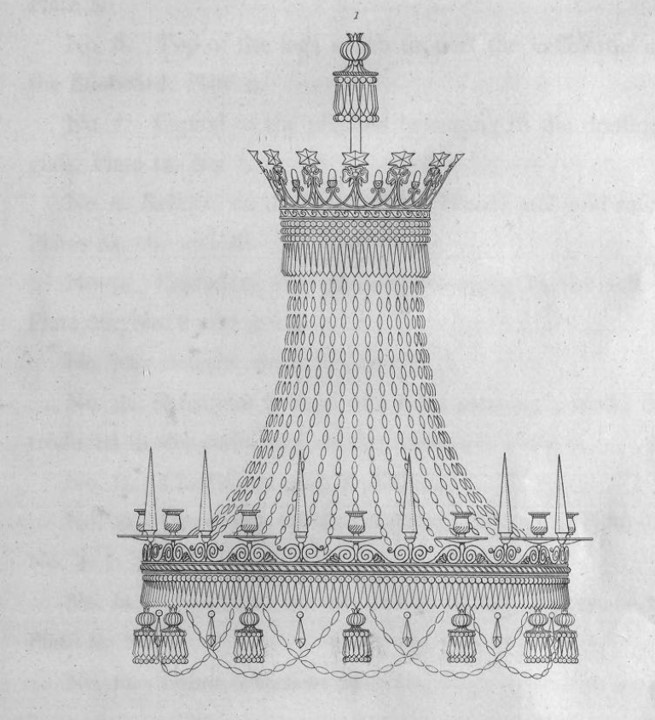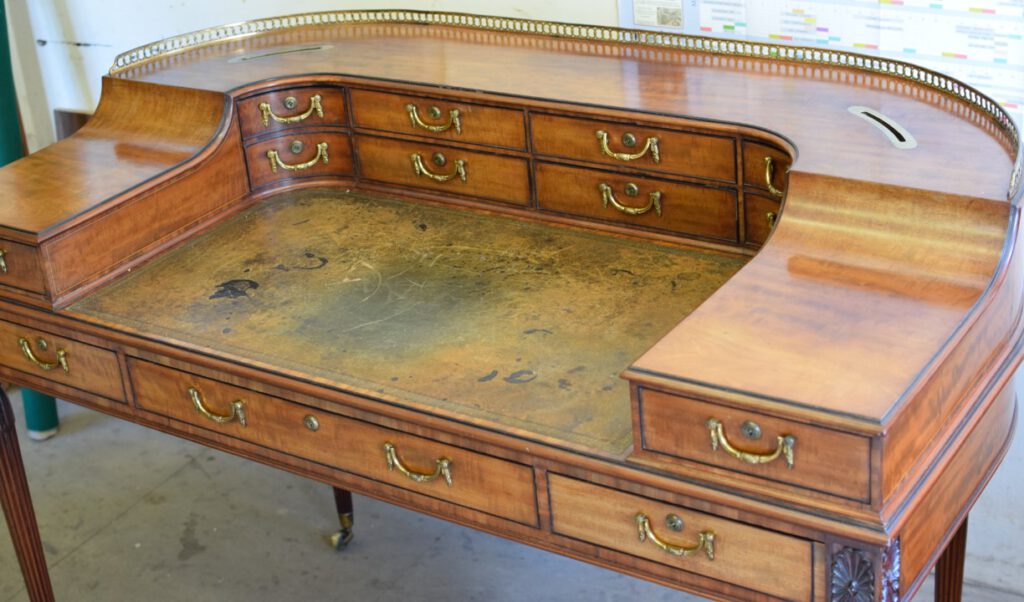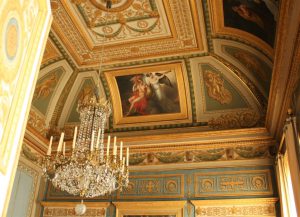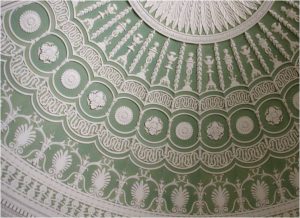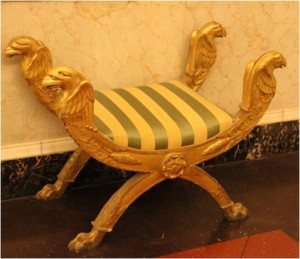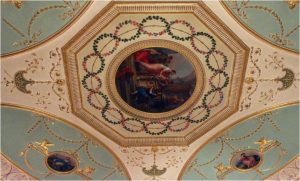 The young man was an upper-middle class Scotsman, a second son, and he had left university prematurely. But he possessed genius and ambition, a convenient wealth of 900 pounds a year, and some hands-on experience gained at his family’s architectural practice. Thus, he was well equipped to embark on a journey to the Continent in the company of an Earl’s brother in 1754. Yet, Robert Adam, aged 26, was not to know that this journey would be the key to making him the most sought-after architect of his time.
The young man was an upper-middle class Scotsman, a second son, and he had left university prematurely. But he possessed genius and ambition, a convenient wealth of 900 pounds a year, and some hands-on experience gained at his family’s architectural practice. Thus, he was well equipped to embark on a journey to the Continent in the company of an Earl’s brother in 1754. Yet, Robert Adam, aged 26, was not to know that this journey would be the key to making him the most sought-after architect of his time.
The year 2017 marks the 225th anniversary of the death of the famous Scottish architect Robert Adam (3 July 1728 – 3 March 1792). This post is dedicated to the aesthetics of his unique neo-classical style. I have compiled a selection of photos of Adam’s works, from ceilings to chimney-pieces. You are very welcome to enjoy the delicate and the decadent, and the weird and the wonderful. Continue reading →
